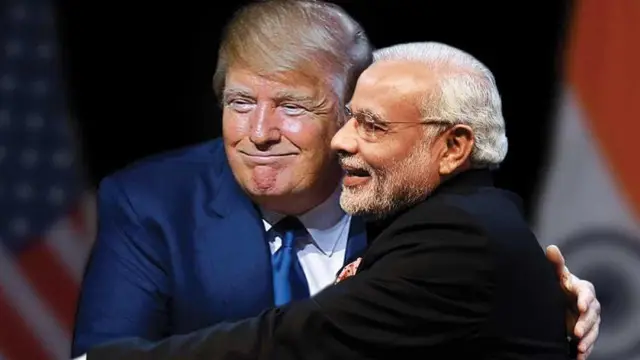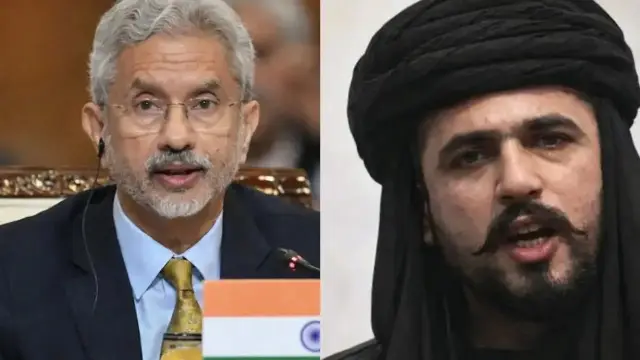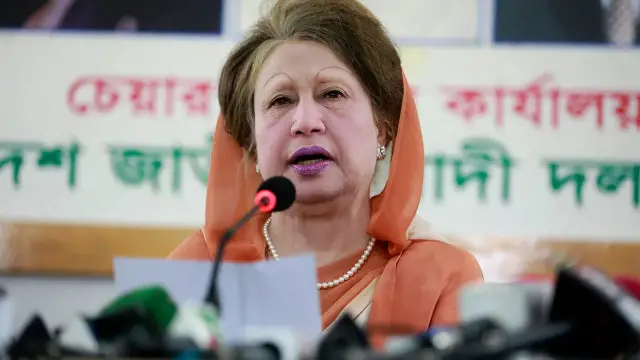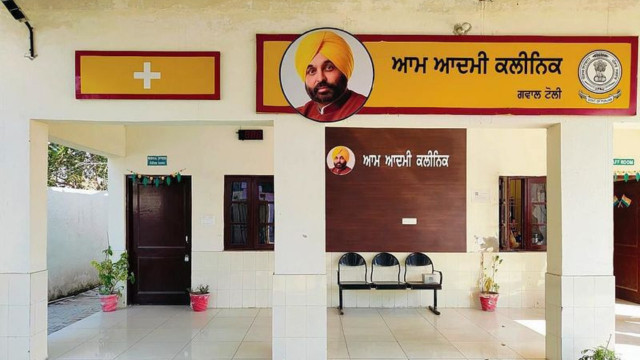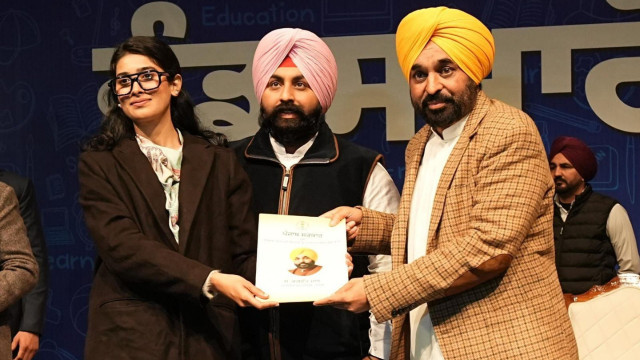Trump Hits India With 50% Tariff-How Will Delhi Strike Back?
US President Donald Trump has imposed a 50% tariff on Indian goods, escalating trade tensions. The move sparked strong reactions, and now global attention turns to India’s counterstrategy.
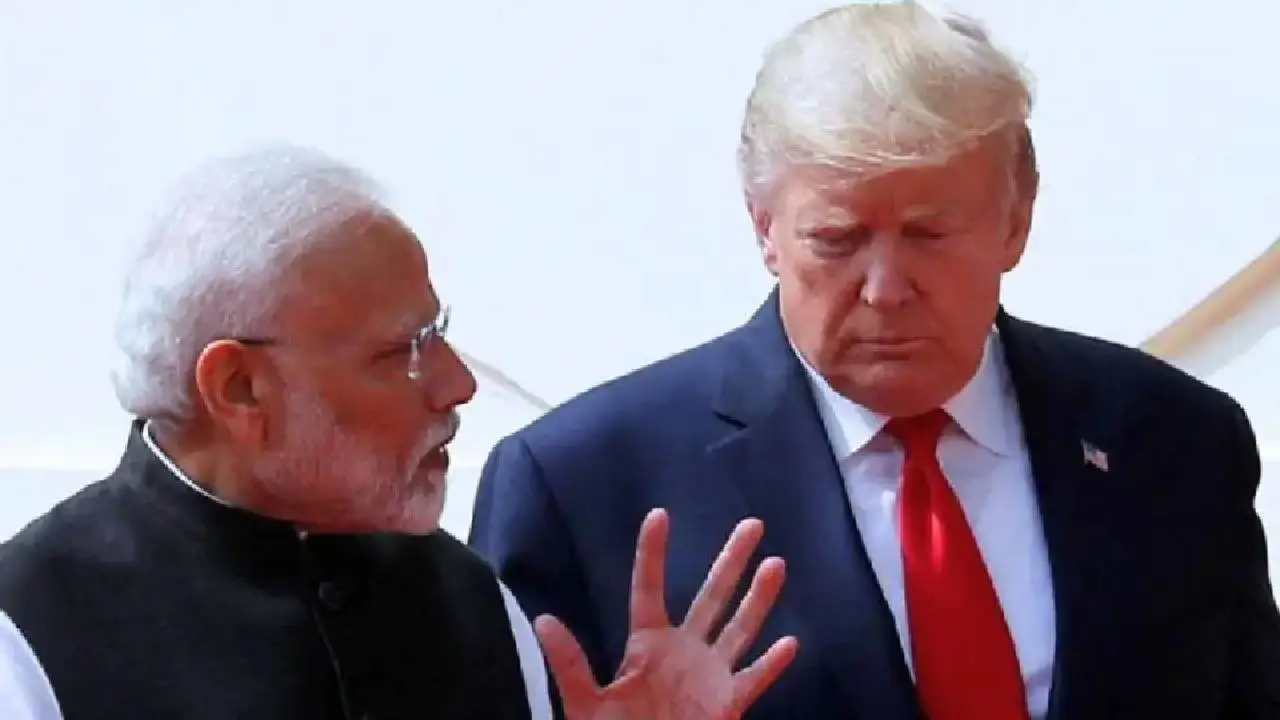
India US Trade War: US President Donald Trump has sparked a new global trade conflict by announcing a 50% tariff on India. This move has been taken specifically because of India's purchase of Russian oil. While signing the executive order, Trump said that it would be expensive for India to buy Russian oil and that is why an additional 25% tariff has been imposed.
India has termed the tariff as unfair and unilateral. The government has made it clear that it will take all necessary steps to protect its national interests. India's exporters, especially small and medium enterprises, may be the most affected by this move. However, India has several strategic, diplomatic, and economic options to deal with this challenge. Let's discuss these options in detail...
The tariff will be implemented after 21 days
The additional 25% tariff imposed by the US will come into effect after 21 days. This means that India still has three weeks to resolve the situation through diplomatic talks. During this time, India can try to get tariff relief from the US or prepare a counter-strategy on the strategic and economic front.
The root cause of this tariff is India's purchase of Russian oil. In such a situation, the big question is whether India will now stop importing oil from Russia or find a new balance?
Diplomatic Talks Path Now Open
India can try to resolve the issue through diplomatic talks with the US. According to Section 4(c) of the executive order, the US can revise the tariffs if India reduces imports of Russian oil. India imports about 85% of its total oil requirements, of which about 40% comes from Russia. To meet the US, India could turn to other oil-exporting countries such as Saudi Arabia, the UAE, Iraq, and Nigeria, although these options can be relatively expensive.
Global Voice Against Injustice Raised
India can raise the issue at the World Trade Organization (WTO) and argue that this tariff is discriminatory and violates the Most Favored Nation principle. Apart from this, India can also try to gain support at global forums like the G20 and BRICS.
To balance this move by the US, India can further strengthen its relations with Russia, China, and other partner countries through SCO, BRICS, and other regional forums.
Alternative strategy with Russia
Since this dispute is about buying oil from Russia, India can work on a new trade arrangement with Russia. The rupee-ruble transaction system can be strengthened to reduce the impact of US sanctions. Also, India can look for new sources of oil imports from Venezuela and African countries. However, this will be challenging in terms of logistics and cost. At the same time, as a long-term solution, India can also promote solar, wind, and other renewable energy sources.
Tariffs on American goods
If no solution is found through talks, India can also retaliate. India can increase tariffs on selected American products such as agricultural products, pharmaceuticals, and technological equipment. In 2019, India had taken a similar retaliatory step on American almonds, apples, and steel. In such a situation, this step can be repeated again.
Support for Domestic Industry Grows
India can support its domestic industries, such as textiles, pharma, and IT, through subsidies or other incentives to mitigate the negative impact of tariffs. This will help Indian industries remain globally competitive.
Plan to reduce dependence on America
In the long run, India will have to reduce its dependence on the US market. For this, it will be necessary to explore new export markets like Europe, Southeast Asia, and Africa and strengthen trade relations there. India's trade deficit with the US was $45.8 billion in 2024, which is likely to increase further. In such a situation, finding new trade routes has become strategically important for India.




